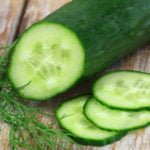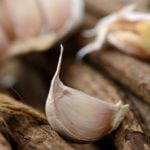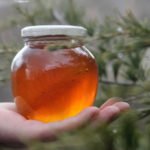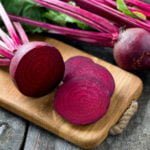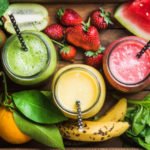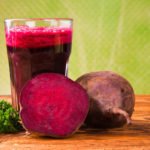In our time, there is hardly anyone who has not heard about free radicals and antioxidants. Oxidative stress has become one of the bugs of modern man, and this is not surprising.
Increased environmental toxicity – water and air pollution, smoking, chemical detergents, exposure to plastics, phthalates and pesticides on food, as well as the body’s internal microbial imbalance, unhealthy behaviors such as alcohol, drugs – all cause oxidative stress. This also includes psychological and emotional stress, sedentary lifestyle, unhealthy or inadequate nutrition – too much hydrogenated fat, too much sugar and animal proteins, preservatives, artificial colors, flavors combined with insufficient water, fresh vegetables and fruits.
All these factors increase the formation of free radicals. What is this scary story, are these chemicals really as dangerous as we are told?
Free radicals – molecules-pirates
If we recall the school chemistry course, we can say that free radicals are such pirate molecules with one or more missing electrons, which tend to take this electron from normal molecules. As a result, the affected molecule, having lost an electron, itself becomes a radical, starting a long chain of destruction of molecules.
Radicals tend to accumulate in cells, and when the body receives excessive amounts of free radicals, they form a state known as an imbalance of oxidative stress between pro-oxidant and antioxidant mechanisms.
Internal oxidation acts as a biological corrosion. For example, the appearance of a green patina on a copper pot and the darkening of a cut apple are of the same nature: both phenomena are manifestations of the oxidation effect.

In people with bad habits (smoking, alcohol, the use of certain drugs, unhealthy food), the concentration of free radicals in the cells increases, as a result of which their health is shifted towards cellular decay and disease. This imbalance sets the stage for many diseases, including Alzheimer’s disease, Parkinson’s disease, cardiovascular disease, chronic inflammation, immune system disorders, premature aging, cancer, etc. In addition, free radicals cause mutations in cells at the DNA level.
Antioxidants rush to the rescue
However, no organism would survive under the pressure of the killer molecules if it did not have protection. Years of research have allowed scientists to discover some phytochemical compounds that can neutralize free radicals. The founder of the theory of antioxidants (the so-called polyphenolic substances that resist oxidation in the body) was the Nobel Prize-winning American biochemist Linus Pauling.

Antioxidant substances included vitamins C, E, beta-carotene, and folic acid. Later, they added selenium, lutein, lipoic acid, coenzyme Q10, and many others. Linus Pauling was convinced that these substances were the key to thriving health and longevity. He declared vitamin C not only the best cure for colds, but also the main means of preventing cancer. The scientist himself took a daily dose of synthetic vitamin C, 50 times higher than the recommended daily dose.
Mankind has always dreamed of inventing a panacea, so antioxidants began to attribute truly magical properties, and many conjectures and legends have grown about these substances. Let’s try to figure out where the truth is and where the myths are.
Myth #1: antioxidants – a panacea for disease and old age
In the distant 60s of the last century, the era of antioxidants came. A free-radical theory of aging was created, and biochemical antioxidant substances were declared almost a cure for old age. People began to absorb vitamins and minerals in huge quantities. And, of course, the pharmaceutical industry has responded to this craze by offering consumers all sorts of vitamin supplements and mixtures.
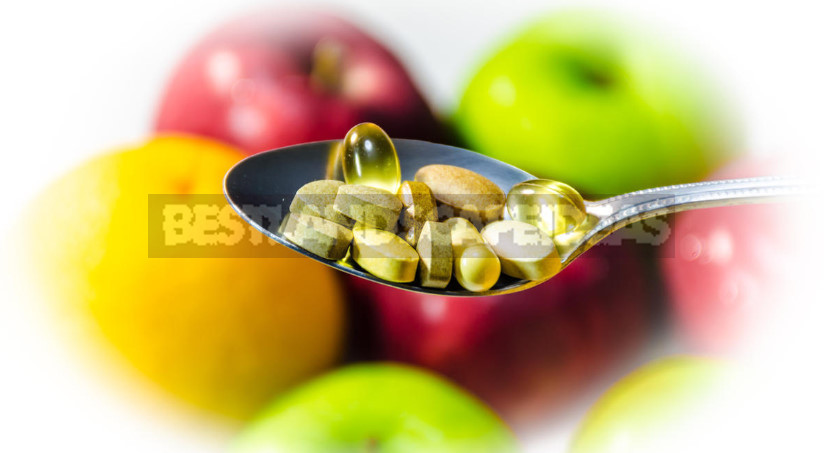
Ironically, the discoverer of antioxidants himself left this world as a result of cancer, and those who continued to study this topic at the beginning of the XXI century, stunned the public with another discovery: synthetic multivitamins are harmful, and exceeding the optimal daily doses for a long time causes cancer.
Read more in our article Free Radicals And Antioxidants: Truth And Myths (Part 2)



